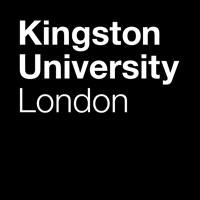fees waived
Digital Media Technology, BSc (Hons)
Kingston University, United Kingdom
Costs
food & rent S$24.5k / year
Entry requirements
Scholarships
11 - 20 available
21 - 50 available
Unlimited quantity
Unlimited quantity
Limited quantity
Information
Code
Code
Intakes
Website (External)
Programmes
Information
Duration
2029
Kingston University offers compelling reasons to pursue its digital media course, including access to advanced media and games labs for projects in MFX, VFX, VR, and AR within the Centre for Augmented and Virtual Environments (CAVE). Students build a robust portfolio, benefit from industry visits in central London amid top creative companies, and leverage the university's No. 2 ranking in London for Animation and Game Design (The Guardian University Guide 2024).This course equips students with essential skills in media fundamentals, 2D and 3D graphics, programming, motion graphics, UX design, visual effects, and emerging technologies like AI. Participants create advanced media products, such as animations and interactive content, while pursuing specialized modules. Future Skills integrate problem-solving, digital competency, and adaptability to prepare graduates for careers in media, games, and computing sectors, with alumni securing roles at organizations like the BBC. Assessment emphasizes coursework, practical projects, and feedback in a studio-like environment, alongside examples like Visual Effects and Digital Motion Graphics.
Example modules: – Visual Effects – Computer Generated Imagery – Digital Motion Graphics and Compositing To view the full list of modules, please visit the University course webpage.
A local representative of Kingston University in Singapore is available online to assist you with enquiries about this course.

